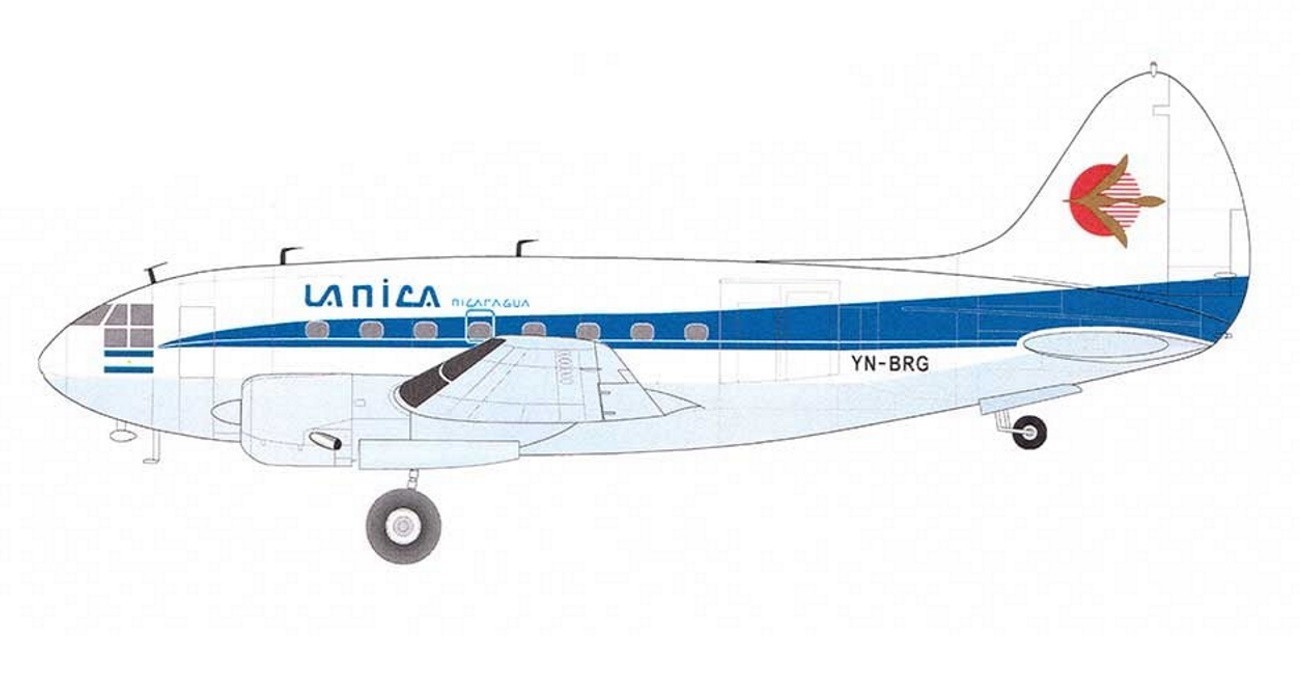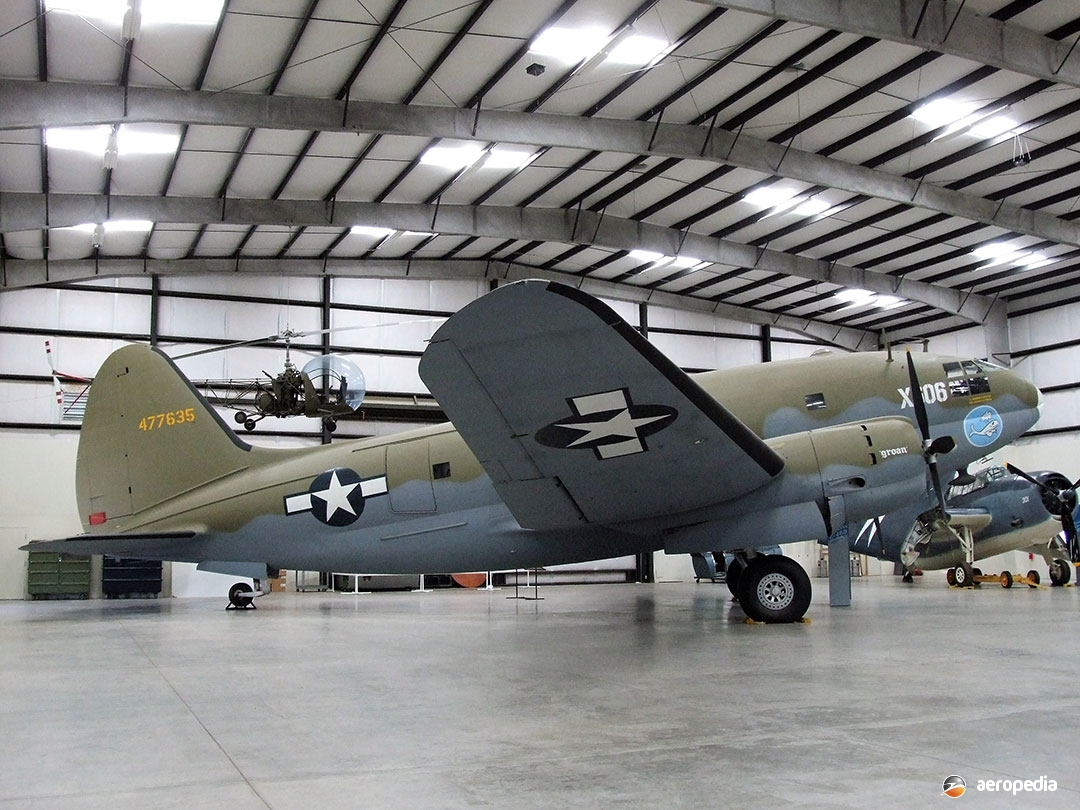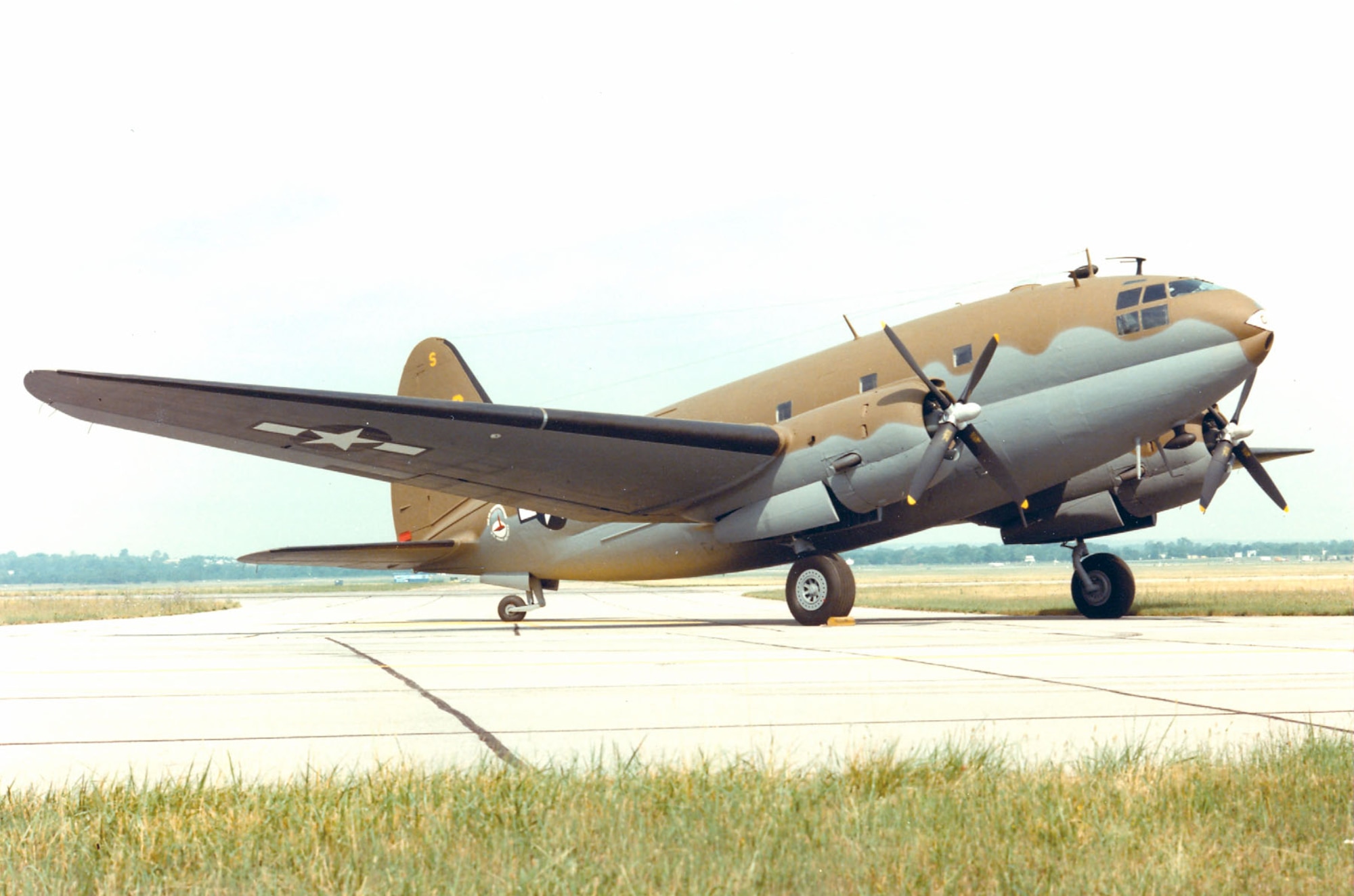C 46 Aircraft - The Curtiss C-46 Commando is a transport aircraft derived from the Curtiss CW-20 with a compressed high-altitude aircraft structure. The first press releases used the name "Condor III", but the name Commando was used as early as 1942 in the company's advertising.
During World War II, it was used by the United States Air Force and the US Army as a troop transport. Navy/Marine Corps, who called it the R5C. The C-46 served in the same role as its Douglas-built counterpart, the C-47 Skytrain, but was not as widespread as the latter.
C 46 Aircraft

After World War II, the few remaining C-46s were briefly used in their original role as transit aircraft, but a surplus of C-47s flooded the market and the C-46 was soon relegated to cargo transport. The type continued in American service. Air Force in a second role until 1968. The C-46 continues to serve as a rugged cargo transporter in arctic and remote areas, and its service life has been extended to 21st.
Curtiss C 46 Commando
The prototype for what would become the C-46, the Curtiss CW-20, was designed in 1937 by George A. Page Jr., chief aircraft designer at Curtiss-Wright.
The CW-20 was a private enterprise designed to compete with the four-engined Douglas DC-4 and the Boeing 307 Stratoliner by setting a new standard in pressurized aircraft.
The CW-20 had a rigid fuselage called the "eight" (or "double bubble"), which made it more resistant to pressure changes at high altitudes.
The sides of the hull are formed at the level of the floor separating the two parts and share the tension of each of them, they are not self-supporting. The main part of the wing could pass through the lower part, which was intended for the transport of cargo, without the upper part reaching passers-by.
Discussion Curtiss C 46 Commando
The decision to use a twin-engine design instead of four was considered viable if enough powerful engines were available, allowing for lower operating costs and a less complex structure.
The engineering work involved a three-year commitment by the company and included numerous wind tunnel tests at the California Institute of Technology (Caltech). The resulting design was a large "light" airship with a glass "dome" cockpit.
The jeans featured a unique tunnel nacelle cover where air was drawn in and out from under the cover, reducing turbulent airflow and drag on the upper surface of the wing.

After the mock-up in 1938, Curtiss-Wright presented the new project as an exhibit at the 1939 New York World's Fair.
G K 5328 Curtiss C 46 Commando Cargo Plane Usaaf
The company approached several airlines to find out their requirements for the upgraded aircraft. No firm orders came in, although 25 intt sheets were received, enough to start production.
Construction of the 24- to 34-passenger aircraft continued to the prototype stage as the CW-20 in the St. Louis. Louis, Missouri with the first two-stage vertical tail configuration. Prototype registration NX-19436, the 1,700 hp (1,300 kW) R-2600-C14-BA2 Wright Twin Cyclones first flew on 26 March 1940 with test pilot Edmund T. "Eddie" All at the controls. After testing, modifications were made, including the installation of a single large tail to improve stability at low speeds.
The first prototype was purchased by the United States Air Force (USAAF) to serve as the series master and designated the C-55. After military testing, the prototype was returned to Curtiss-Wright and subsequently sold to British Overseas Airways Corporation (BOAC).
During the experiment, Geral Hry H. "Hap" Arnold became interested in the aircraft's potential as a military cargo and on 13 September 1940 ordered 46 modified CW-20As as the C-46-CU Commando; the last 21 aircraft in this program were delivered as Model CW-20B with the designation C-46A-1-CU. The US military did not buy any C-46s. were pressed and the first 30 delivered to the AAF returned to the factory for immediate repair.
Us Air Force Curtiss C 46 Green N78774 Aeroclassics Ac219754 Scale 1:200 Eztoys
The design was optimized for the C-46A, receiving larger cargo doors, a stronger cargo bay and a convertible cabin that accelerated changes in cargo and troop transport. The C-46 was presented to the public at a ceremony in May 1942, attended by its designer, George A. Page Jr.
A total of 200 C-46As were ordered in two groups in 1940, although only two were delivered by December 7, 1941.
A significant change was made; A larger Pratt & Whitney R-2800 Double Wasp with 2,000 horsepower replaced the Twin Cyclones. By November 1943, 721 changes had been made to the production models, although many were minor, such as changes to the fuel system and a few cabin windows were adopted.
Subsequent military contracts for the C-46A increased production to 1,454 examples, of which 40 were intended for the U.S. Marine Corps to be called R5C-1. The military model featured double cargo doors, a hard floor and a hydraulic winch for cargo handling; The only living space in the hold was 40 folding chairs.
C 46 Commando In Action
The last large C-46D produced came in 1944-45 and had a single door to facilitate disembarkation of paratroopers; production of 1,430 aircraft.
Although the one-off XC-46B was tested with a stepped windshield and power packs, a smaller number of 17 C-46Es had many of the same features as the XC-46B, with three Hamilton-Standard propellers replacing the standard Curtiss. -Electric units with four rods. The final contract for 234 C-46Fs reverted to the original cockpit design but introduced square wingtips. One C-46G had a stepped windshield and square wingtips, but the war led to the cancellation of any further orders for the type.
A U.S. C-46 plane airlifted wounded American soldiers from Manila, the capital of the Philippines, shortly after U.S. forces captured the city after a fierce battle with the Japanese.
Best known for its operations in the China-Burma-India (CBI) theater and the Far East, the Commando was a flying monster over the hump (as the Himalayan Mountains were nicknamed by the Allied Air Force) that carried much-needed supplies to the Chinese military from bases in India.
Curtiss C 46 Operation Varisty Commando Aircraft Profile
Various transports were used in this campaign, but only the C-46 could cope with the adverse conditions against the USAAF. Unpredictable severe weather, heavy loads, mountainous terrain and unarmed and flooded airfields were a major challenge for the transport aircraft in service, as well as a number of maintenance and upkeep nightmares due to the lack of trained air and ground personnel. .
After a series of mechanical problems were managed, if not eliminated, the C-46 proved its worth in the airlift mission despite the headaches. It can carry more cargo than other Allied transport aircraft on the ground, including light weapons, fuel, ammunition, aircraft parts and occasionally livestock. Its powerful generator sets allowed it to climb satisfactorily with heavy loads and maintain up to one gin when unloaded, although "war emergency" load limits of up to 40,000 pounds often obliterated any safety margin. After the Curtiss-Electric heavy propellers were removed, the C-46 continued to be used in the CBI and many areas of southern China during the war years.
Hence, ATC pilots called the C-46 the "flying coffin" with at least 31 known incidents of fires or explosions between May 1943 and March 1945, with many more missing and never found.

Other names used by m who flew with me were "The Whale", "Curtiss Calamity" and "Plumbing's Nightmare".
Strato Freight Curtiss C 46a Crash
The C-46's large cargo capacity (double that of the C-47), three times its weight, large cargo doors, powerful engines, and long range also made it suitable for long-haul missions to the Pacific islands. The US Navy in particular found the aircraft (known as the R5C) useful in their amphibious operations in the Pacific, flying supplies and wounded personnel over the many hastily constructed parts of the island.
Although not produced in as many numbers as its more popular wartime cousin, the C-47 Skytrain, the C-46 played an important role in wartime operations, even though the aircraft was not numbered in the European theater until March 1945. Commanding a troop ship while dropping paratroopers from a forward base to cross of the Rhine River in Germany (Operation Varsity). So many C-46s were lost during the Varsity that Army General Matthew Ridgway issued an order prohibiting the aircraft from being used in air operations. Although the war soon ended and no more airborne troops were flown, the C-46 may have been unfairly demonized. The airborne phase of the operation was extended during the day at low speed at very low altitudes by an unarmed cargo plane without self-sealing fuel tanks, plus a heavy combination of German 20mm, 37mm and large-caliber anti-aircraft guns. (AA) artillery fire. including armor-piercing ammunition. At this stage of the war, German AA personnel were trained to high alert; most batteries had great combat capability in shooting and destroying high-speed, well-armored units and bombers underground.
Kc 46 tanker aircraft, bras 46 c, kc 46 aircraft, c 46 commando aircraft, p 46 aircraft, c 46 aircraft pictures, c 46 aircraft for sale, c-46 aircraft, pa 46 aircraft, t 46 aircraft, c 46 aircraft photos, 46 c cup

0 Comments